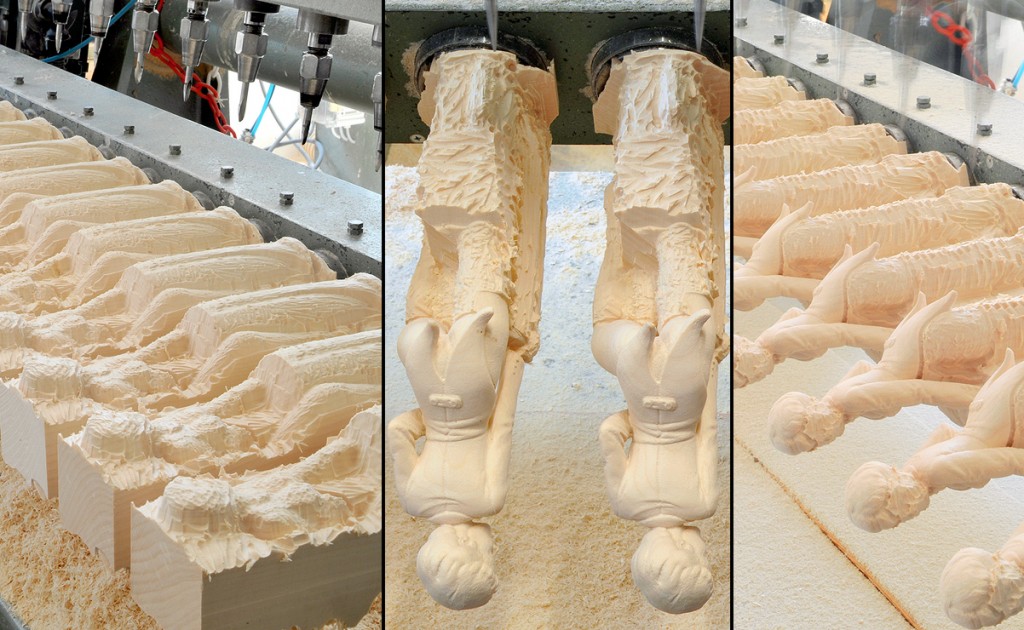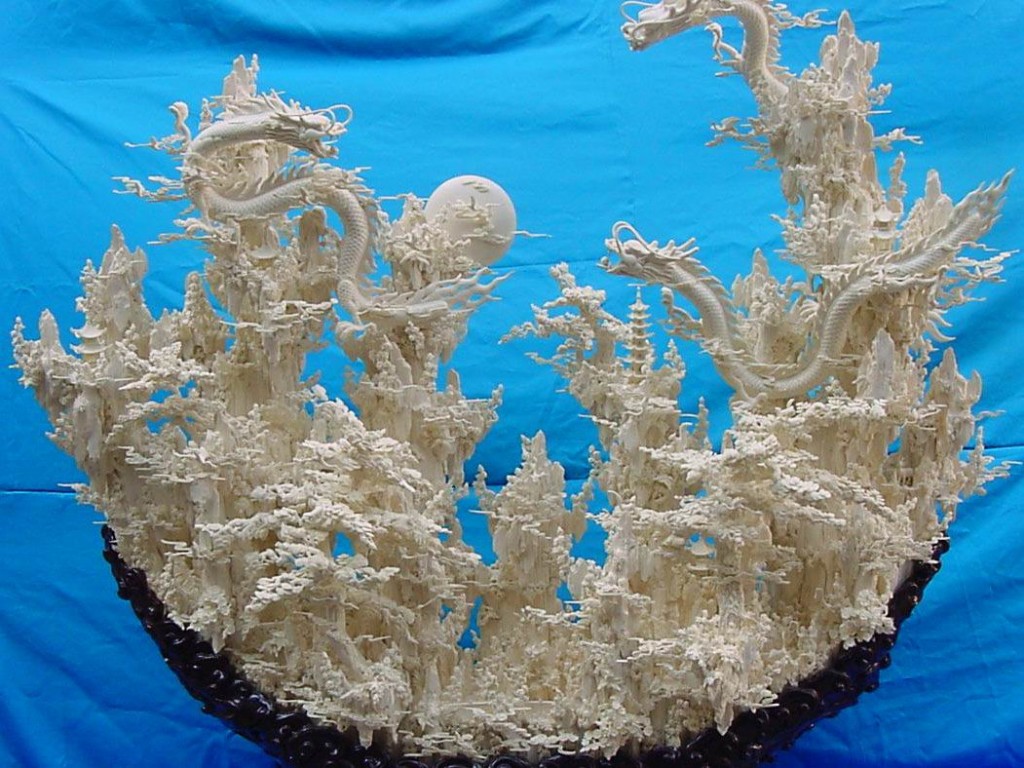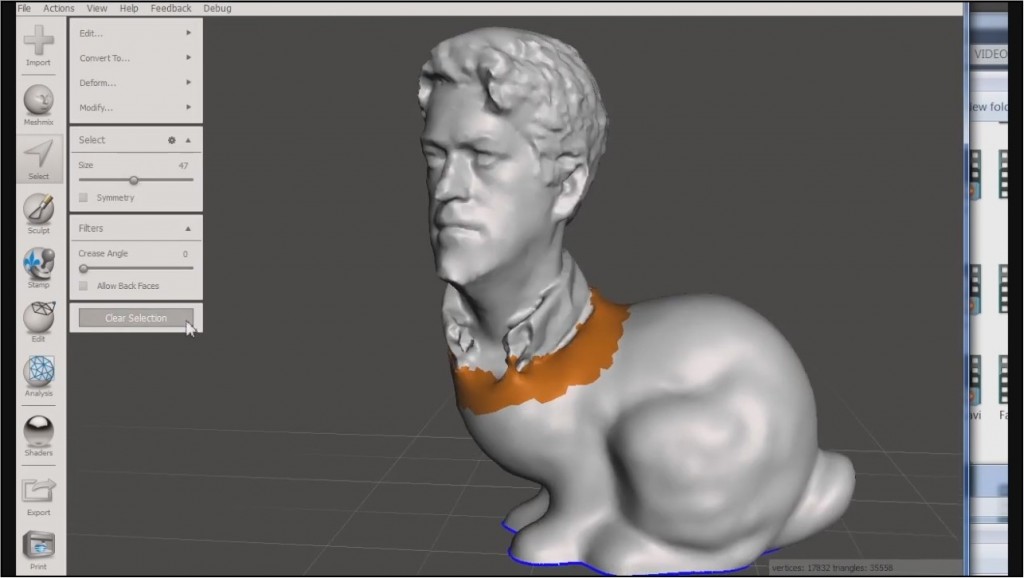P90X2: http://www.youtube.com/
http://www.daz3d.com/forums/discussion/66463/free-retopology-software
TopoGun
http://www.topogun.com/about/overview.htm
Dense Mixed-Media Sculptures Depict a Poignant Collision of Urban and Natural Worlds
// Colossal
From This Distance: Sound Pearls, 2014. Edition of 30, Signed/Numbered, Heavy 308 gsm photo rag paper, 12″ x 12″.
In a fantastic collision of natural and human-made elements, Minneapolis-based artistGregory Euclide explores aspects of nature, impermenance, and the human experience in unusual relief artworks that seem to grow and drip from vertical surfaces. Some sculptures are framed inside boxes, contained worlds of topographical chaos incorporating plastic, foam, paper, model elements, architectural and geometric elements, paint, ink, and a host of other mediums. Other artworks are mounted atop standard whiteboards found in classrooms, a nod to his role as a teacher where he’s been known to paint elaborate sumi ink landscapes during his lunch break—all of which are subsequently erased.
Several of the pieces seen here will be on view later this April as part of Euclide’s solo show atHashimoto Contemporary. You can also explore much of his recent work on Behance.
—-
Shared via my feedly reader
Male 07 Head Scan Cleaned
http://www.3dscanstore.com/index.php?route=product/product&product_id=590&search=Head
Blog grid | Ten24
—-
To Build or Not to Build: Fantastical Architecture from 2015
// Core77
This year we saw a bunch of architecture in the fantasy realm, and as always, it’s tough to decide which is more exciting: The concepts, or the out-there structures that some people were actually crazy enough to build.
Nowhere was that more true than in The Original, Real-Life Dystopian Cityscape of Kowloon Walled City, and the Artwork It Inspired:
Architecture firm NBBJ proposed this Dual Skyscraper Design that “Erases” Shadows Between Them:
Going even sexier, we saw some Beautiful Architectural Visualizations from Mir:
What about architecture in outer space? We went back to the ’70s to check out some Space Colony Form Factors, Part 1: Bernal Spheres.
Bernal’s globe shape not doing it for you? There’s always Space Colony Form Factors, Part 2: O’Neill Cylinders.
For those of you that are hard to satisfy, maybe you’d prefer the torii or gi-normous Bishop’s Rings in Space Colony Form Factors, Part 3: The Stanford Torus and Beyond.
Back on Earth, a guy named Jono Williams apparently couldn’t decide between globe and cylinder either. So as we saw in Designer/Engineer Builds Steel Treehouse—and the Tree to Hold It, he went for both.
in the realm of holy-cow-they-really-built-
Scandinavia doesn’t get the sunlight that Bali does, so one couple in Sweden has made the most of solar harvesting by building An Eco-Friendly House Wrapped Inside a Larger Glass House:
Finally, one place that gets no sunlight at all is an underground parking garage. But we saw a rather novel, light-flooded one in Architecture Firm Designs Batcave-Inspired Carpark, Complete with Hidden Entrance, Under This Stately Manse.
—-
Shared via my feedly reader
A Photographic Celebration of America’s Vibrant Textile Industry by Christopher Payne
// Colossal
S&D Spinning Mill, Millbury, Massachusetts
Typically focusing on obsolete or decrepit architectural structures, photographer Chris Payne‘s most recent project, Textiles, documents the aesthetics of the colorfully-hued American textile industry. His photographs showcase the bright runs of yarn and thread as the materials makes their way through the hyper-organized machinery, appearing digitally altered in their extreme hot pinks, vibrant reds, and electric blues.
Payne began photographing the factories and mills in America’s Northeast in 2010. The images are not just snapshots of the industry, but photographs that sometimes took months to catch. Due to the machinery’s continuous run and his inability to halt production, Payne had to wait until the perfect moment when the right color would appear, or the parts of the machinery would perfectly align. Payne also features the workers within his documentation of the diminishing domestic industry, explaining that their inclusion is proof that labor and craftsmanship is still valued in our current economy.
“Over the past five years, I have gained access to an industry that continues to thrive, albeit on a much smaller scale, and for the most part, out of public view,” said Payne. “Many mills are doing quite well, having modernized to stay competitive, while others have survived by catering to niche markets that value the ‘genuine article’ produced on the original, vintage equipment. I view my work as a celebration of American manufacturing—not a eulogy.
Trained as an architect, Payne typically shoots architectural structures using large format documentation to capture America’s industrial landscape. Past projects have includedexploring America’s asylums and an uninhabited island named North Brother Island in New York City’s East River. Payne’s Asylum series will appear at Benrubi Gallery February 11, 2016 and run through March 26, 2016. (via Huffington Post)
Bartlettyarns, Harmony, Maine
S&D Spinning Mill, Millbury, Massachusetts
Fall River Knitting Mills, Fall River, Massachusetts
Polartec, Lawrence, Massachusetts
Polartec, Lawrence, Massachusetts
Langhorne Carpet, Penndel, Pennsylvania
Conrad-Jarvis, Pawtucket, Rhode Island
Bloomsburg Carpet, Bloomsburg, Pennsylvania
Darn Tough Socks, Cabot Hosiery Mills, Northfield, Vermont
S&D Spinning Mill, Millbury, Massachusetts
—-
Shared via my feedly reader
2015 Year in Review: Where I Work
// Design Milk
Our Where I Work column takes us inside not only a designer’s workspace, but in their mind. These renowned creatives give us a look into their world through images and by answering all of our burning questions. Take a look as we go back through the archives of 2015 to see where all the magic happened.
Where I Work: Jon Sherman of Flavor Paper
We got to explore the Brooklyn-based studios of the color splattered and incredibly creative world of wallpaper darlings, Flavor Paper.
Where I Work: Sebastian Herkner
See where young, influential, German designer Sebastian Herkner makes it all happen as we tour his workspace and talk to him about his process.
Where I Work: Morten Bo Jensen of Vipp
Vipp’s Chief Designer Morten Bo Jensen gave us a look into their Copenhagen offices where they make it all happen.
Where I Work: Gabriele Chiave of Marcel Wanders Studio
The incredibly busy art aficionado and jazz lover Gabriele Chiave gave us a look into the world of the Marcel Wanders Studio.
Where I Work: Nina Bruun of Muuto
Copenhagen-based Nina Bruun works for revered Danish design company Muuto and she shared with us her workspace and her way of working.
Where I Work: Ghislaine & Jaime Viñas
We took a look at the live/work loft of creative partners Ghislaine and Jaime Viñas in New York City’s TriBeCa neighborhood.
Where I Work: Robert Bronwasser
Have a look as designer Robert Bronwasser, formerly of SMOOL, where he shared a slice of his daily work life and surroundings.
Where I Work: Adam Rogers of Thos. Moser
Director of Design and Product Development, Adam Rogers, gave us an inside look at where the pieces are designed and developed.
Where I Work: Lionel Jadot
Earlier we learned more about designer and architect Lionel Jadot from his Friday Five and then the multi-hyphenate gave us an inside look at his workspace.
Where I Work: Marcio Kogan of Studio MK27
We spoke with influential Brazilian architect Marcio Kogan, of Studio MK27, to get an idea of how he works and where it all happens.
Where I Work: Karim Rashid
We visited Karim Rashid’s Hell’s Kitchen office in New York City to check out his workspace and to get a sense of his design process.
—-
Shared via my feedly reader
from NPR
Is This Snowy Wonderland Or The World Inside A Petri Dish? http://n.pr/1Zq1NMs
bone sculpture
David Bowie – Blackstar
Meshmixer
http://www.zdnet.com/article/how-to-delete-large-attachments-to-save-storage-space-in-gmail/
How to delete large attachments to save storage space in Gmail
If you’re pushing the 15GB limit for Gmail and Google Drive, you can save space by using FindBigMail’s service, or by running some simple searches – though you still can’t delete attachments without deleting the emails as well.
I did a quick Gmail search, deleted hundreds of old newsletters, and emptied the bin to see how much storage I had left. “No conversations in the Bin. Who needs to delete when you have so much storage?!” said Gmail.But I don’t have so much storage. In fact, I was still using 14.16GB (94 percent) of my 15GB allowance.
Gmail’s generous gigabyte of storage was certainly one of the things that attracted users when Google launched it almost a decade ago. However, today’s 15GB is spread across email and Google Drive etc, so it’s less free space than you get from Microsoft (15GB in OneDrive and at least 5GB for email), and a long way from the free terabyte you get with Flickr and Office 365.
No problem: I’ve been deleting email for decades. Alas, Google doesn’t make it easy.
First, Gmail has extremely limited sorting features, and it can’t sort emails by size. That’s something proper mail clients could do in the 1980s, and outlook.com can do it today. Second, Gmail makes it almost impossible to delete an attachment without also deleting the email. There are some ways round this, but they’re more trouble than they are worth. (The simple way – forwarding a message to yourself without the attachment – loses the original date and the context of the conversation.)
It looks as though Google wants to make me pay, but I won’t. Really, I want it to keep its promise about me never having to delete my emails.
When I complained online, a twitter follower kindly pointed me to a web-based service called FindBigMail, which does have a pricing schedule but is currently free. You type in your password (authorize a temporary OAuth token*), then FindBigMail searches your emails and tags the ones that are bigger than 5MB and bigger than 10MB. It also finds the 20 biggest emails.
A couple of minutes later, FindBigMail said my Gmail mailbox was holding 261,333 messages, including 292 bigger than 5MB, and 63 bigger than 10MB. The top 20 were taking up 373MB, with the biggest being 29MB. The FindBigMail tags provided easy access to the larger messages, and in another couple of minutes, I had deleted about 2GB of mail.
Then, of course, I realized there must be a way to search messages by size, even if Google wasn’t interested in making this readily available to Gmail users. And there is. Searching for size:5m finds all the emails bigger than 5MB, and searching for size:11m finds all the emails bigger than 11MB, and so on. (Sorry, no decimal points allowed.)
In other words, you can easily do for yourself what FindBigMail does for you. It takes a bit longer to do it manually, but you don’t have to give FindBigMail access to your mailbox.
It also turns out that you can search for larger:5m and so on, but the results seem to be the same.
As an added refinement, you can add date-related searches. For example, if you want to limit the search to older messages, you can use something like larger:7m before:2012/01/01 or size:10m older_than:1y and so on.
With hindsight, I find that the new search feature was introduced in a very short blog post, Search for emails by size and more in Gmail, in November 2012.
If you missed it too, maybe you will find the information useful in the future. But I hope I don’t. Google has bumped up email storage before, and just might recognise that long-standing users are due for another increase.
* The About page says: “We’ve built the FindBigMail site so that we never see your password or even your email messages. Nobody at FindBigMail.com will ever ask for your password. The service looks only at an email’s message identifier and its size and labels each email accordingly.”



